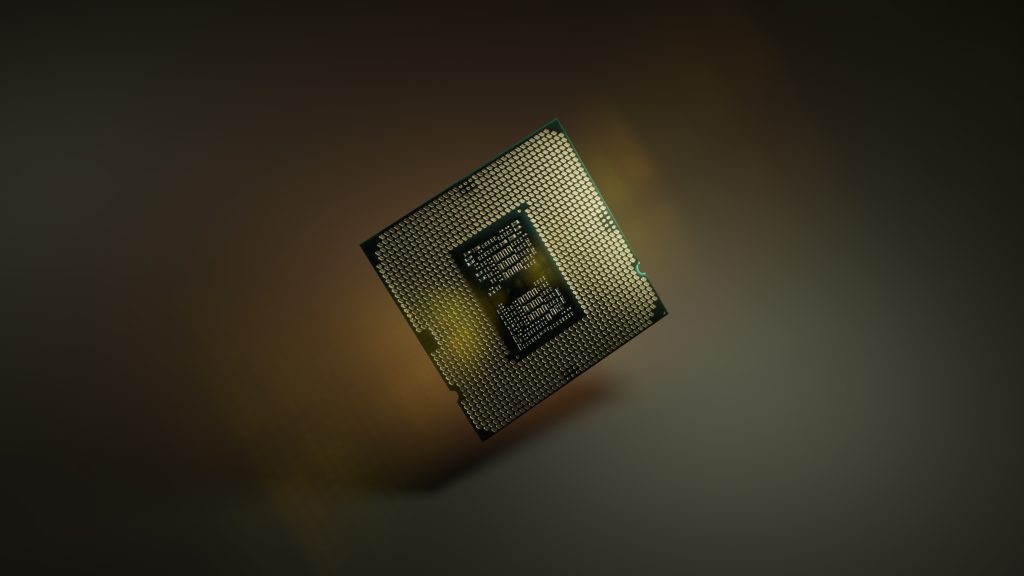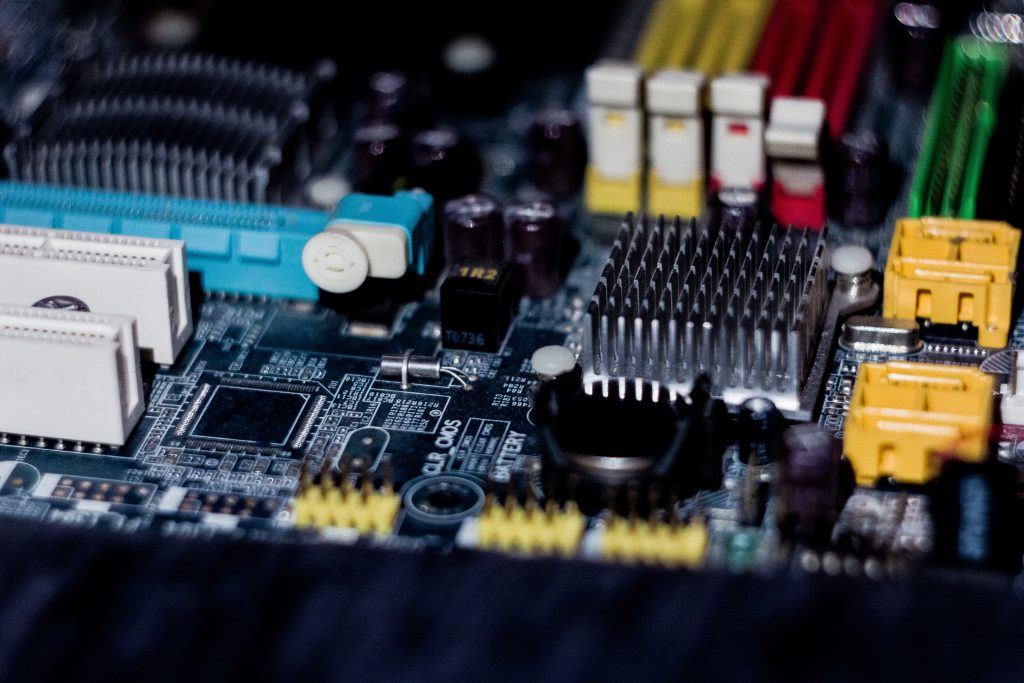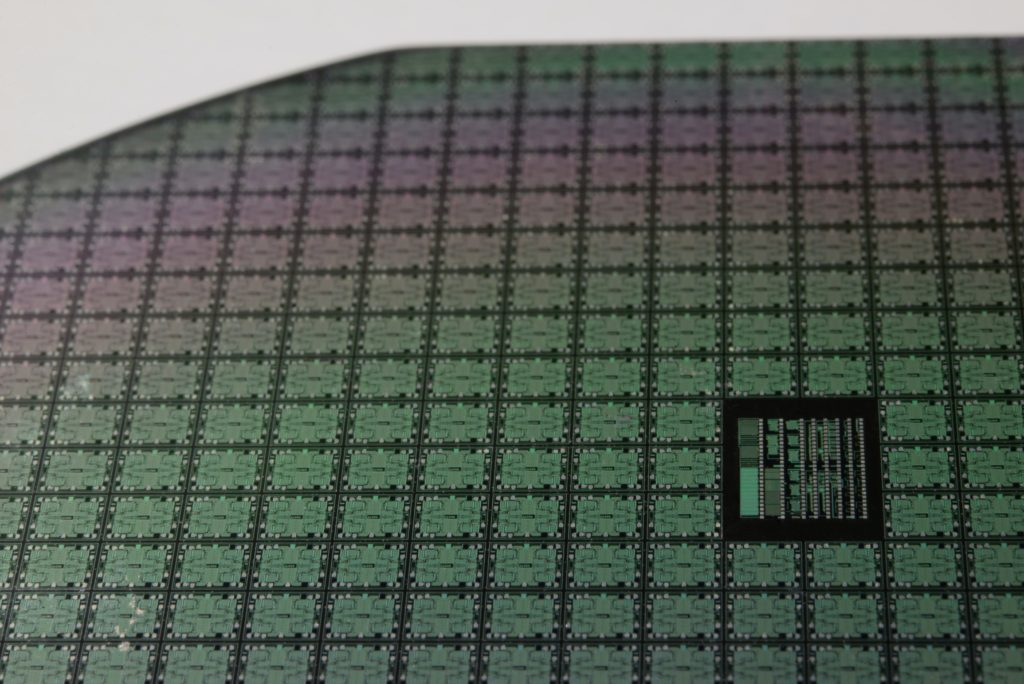Semiconductor Design for X (DFX) is a set of principles that can be applied to any product to improve its manufacturability, testability, reliability, and other critical technical aspects. With the ever-increasing complexity of semiconductor products, it has become crucial to ensure the DFX methodologies are applied correctly.
The semiconductor DFX methodology helps by improving following:
Manufacturability: DFX techniques make semiconductors easier to manufacture, which can lead to lower costs and higher yields. For example, the DFX techniques can reduce the number of process steps required to manufacture a semiconductor or make the process steps more robust to variations in materials and equipment.
Testability: DFX makes it easier to test semiconductors, which can lead to higher-quality products. For example, DFX techniques create design test points in a semiconductor.
Reliability: DFX drives semiconductors to be more reliable, which can lead to longer product lifetimes. For example, DFX techniques can ensure the design of semiconductors with better thermal or aging schemes.
These are just a few examples of semiconductor design for X. There are many other considerations that semiconductor engineers must take into account when designing a semiconductor, such as materials, layout, and manufacturing flow.
Materials: The choice of materials can significantly impact the manufacturability of a design. Semiconductor engineers must carefully consider the materials’ properties to ensure the semiconductor design can be manufactured cost-effectively.
Design Layout: The design flow is also a critical DFM consideration. The process must ensure that the design can be manufactured efficiently. Semiconductor engineers use various tools and techniques to maximize the layout of a plan, such as floor planning, placement, and routing.
Manufacturing Process: The manufacturing process itself can also significantly impact the manufacturability of a design. If not controlled, then it can lead to higher defects and ensure the plan meets the desired specifications. Semiconductor engineers must work closely with manufacturing engineers to ensure the design can get reliably manufactured.

In addition to the above, applying the DFX methods improves several critical aspects of semiconductor products:
Performance: Improves the performance of semiconductors by reducing power consumption, increasing speed, or improving accuracy.
Security: Increase the security of semiconductors by making them more resistant to tampering or hacking.
Cost: Reduce the cost of semiconductors by making them easier to manufacture, test, and assemble.
Variability: Helps in the reduction of variability of semiconductor process. It means that machines will be more consistent in their performance, which can improve reliability and quality.
Variability: Helps in the reduction of variability of the semiconductor process. It means that machines will be more consistent in their performance, which can improve reliability and quality.
Yield: DFX can also help improve the product yield by reviewing the process, devices, and other functional aspects thoroughly before fabrication.
DFX has been a critical part of the semiconductor design process. By considering manufacturability, power, variability, cost, yield, and reliability from the earliest stages of design, semiconductor manufacturers can improve their products’ quality and performance while reducing costs and time to market.





















